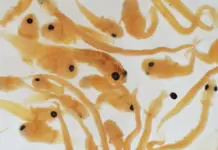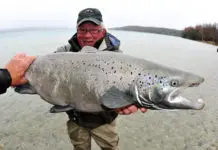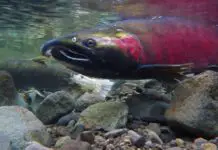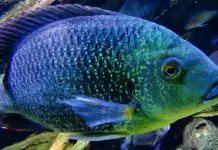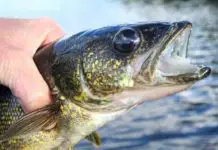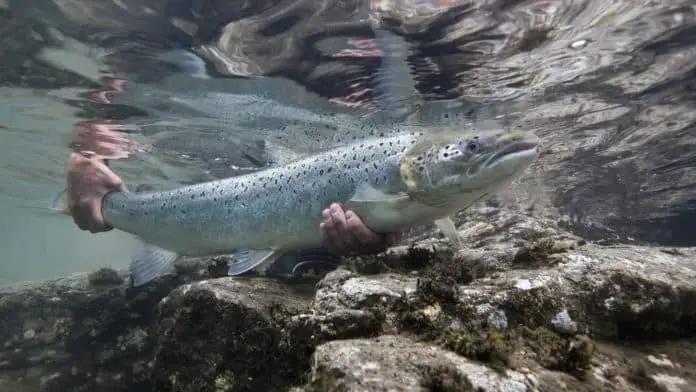
Norway: Nofima’s well established challenge models have long been used in trials on various types of virus and bacteria. These now form the basis for a challenge model against salmon lice, which will provide the opportunity for the aquaculture industry to get better remedies for lice.
By Irene Midling Andreassen:
Nofima is now in full swing making a contribution to overcoming the lice problems that have plagued the Norwegian salmon industry.
Facts
Challenge models are standardised methods in which fish are infected under controlled conditions. Uses include developing vaccines against fish diseases.
Using challenge models
Nofima’s well established challenge models have long been used in trials on various types of virus and bacteria. These now form the basis for a challenge model against salmon lice, which will provide the opportunity for the aquaculture industry to get better remedies for lice. The model can amongst other things be used to test out different feed types with active ingredients that prevent against lice infestation.
Nofima and Tromsø Aquaculture Research Station have had large influx of requests from commercial actors in the industry wanting tests to be carried out against salmon lice.
“Consequently, we have taken steps to accommodate the industry,” says Senior Advisor Heidi Mikalsen, who is responsible for this work. “We have purchased lice from the Institute of Marine Research which we are sure are not resistant to existing lice remedies.”
Large and small lice
The scientists will test the lice in all its growth phases. Salmon in land-based tanks will be challenged to lice in the early growth phase, and depending on the water temperature the lice develop into an adult phase involving sexual maturity and eggs.
The trials are taking place at the Tromsø Aquaculture Research Station, which has various experimental facilities such trials.
“So far it looks very promising,” says Mikalsen. “We hope to move to the next stage as early as the autumn with large-scale trials.”
























